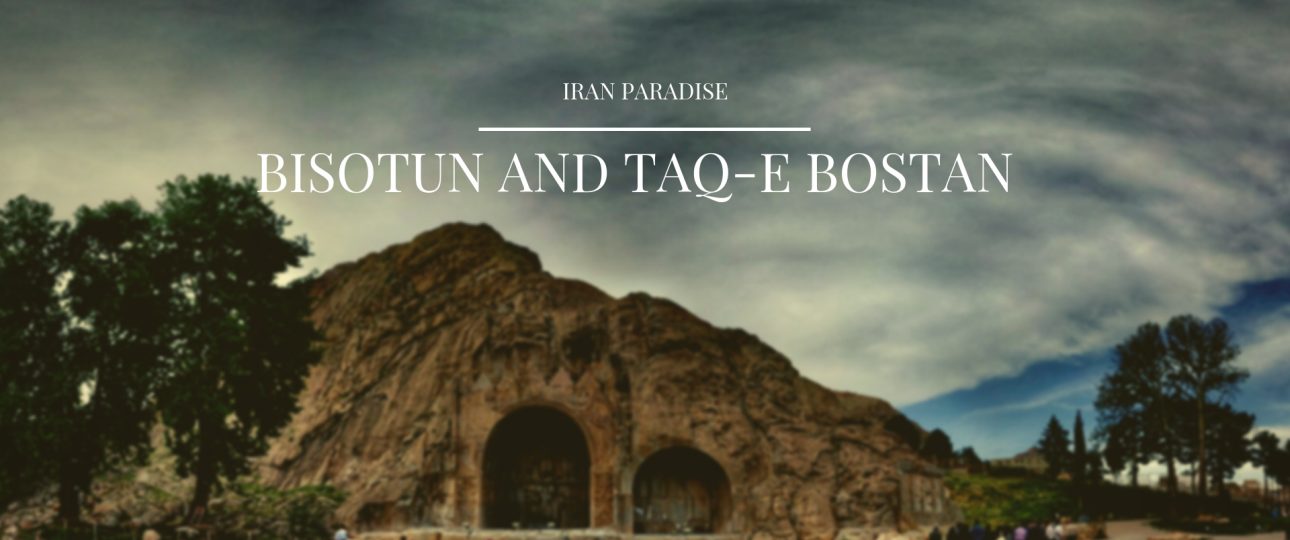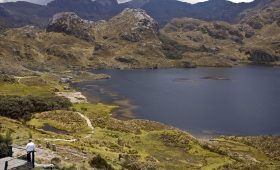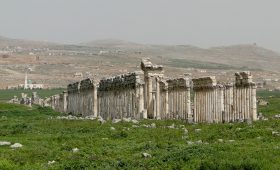Bisotun and Taq-e Bostan: Unveiling Iran’s Hidden Gems
As an expatriate with a passion for travel and uncovering hidden destinations, I am thrilled to share with you my latest adventure to the enchanting sites of Bisotun and Taq-e Bostan in Iran. Nestled in the heart of this ancient land, these two destinations offer a unique blend of natural beauty and historical significance that will leave you in awe. Join me as I take you on a journey through time and uncover the secrets of these hidden gems.
Discovering Bisotun: A Tapestry of History and Nature
Located in the Kermanshah Province of Iran, Bisotun is a true testament to the rich history and cultural heritage of this region. As I stood at the foot of the Bisotun Mountain, I couldn’t help but marvel at the towering cliffs that seemed to reach the heavens. The mountain itself is a geological wonder, with its layers of sedimentary rock dating back millions of years.
But it’s not just the natural beauty that makes Bisotun special. This site is home to the famous Bisotun Inscription, a UNESCO World Heritage Site that holds immense historical and archaeological significance. Carved into the rock face by the Achaemenid king Darius the Great, the inscription tells the story of his victories and reign. As I stood in front of this ancient masterpiece, I couldn’t help but feel a sense of awe and reverence for the history that unfolded before me.
To truly appreciate the grandeur of Bisotun, I recommend hiking up to the top of the mountain. The panoramic views of the surrounding landscape are simply breathtaking. As I reached the summit, I was rewarded with a stunning vista of rolling hills, lush valleys, and the crystal-clear waters of the nearby Gamasab River. It was a moment of pure bliss and a memory that will stay with me forever.
Getting There
Getting to Bisotun is relatively straightforward. The closest major city is Kermanshah, which is well-connected to other parts of Iran by both air and road. From Kermanshah, you can hire a taxi or take a local bus to reach Bisotun. The journey takes approximately 45 minutes, and the scenic drive will give you a taste of the beauty that awaits you.
Local Transportation
Once you arrive in Bisotun, the best way to explore the area is on foot. The hiking trails are well-marked, and there are experienced guides available who can provide you with valuable insights into the history and significance of the site. Remember to wear comfortable walking shoes and bring plenty of water, as the climb can be challenging at times.
Best Time to Visit
The best time to visit Bisotun is during the spring and autumn months when the weather is mild and pleasant. The summer months can be scorching hot, making it difficult to fully enjoy the outdoor activities. Winter, on the other hand, brings heavy snowfall, which can make the trails impassable. So plan your visit accordingly to make the most of your experience.
Unveiling the Mysteries of Taq-e Bostan: A Glimpse into Ancient Persia
Just a short drive away from Bisotun lies the magnificent site of Taq-e Bostan. This ancient complex is a true testament to the grandeur and artistic prowess of the Sassanian Empire, which ruled over Persia from the 3rd to the 7th century. Taq-e Bostan is home to a series of rock reliefs and sculptures that depict the glory of the Sassanian kings.
As I entered the main chamber, I was immediately captivated by the intricate details and vibrant colors of the reliefs. The most famous of these is the Investiture Relief, which depicts the coronation of King Khosrow II. The level of craftsmanship and attention to detail is truly remarkable and serves as a testament to the artistic skill of the Sassanian craftsmen.
Another highlight of Taq-e Bostan is the Anahita Temple, dedicated to the goddess of fertility and water. The temple is adorned with beautiful carvings and inscriptions, offering a glimpse into the religious beliefs and practices of the time. As I walked through the halls of this ancient sanctuary, I couldn’t help but feel a sense of reverence and wonder for the people who once worshipped here.
Getting There
Taq-e Bostan is located just a short drive from the city of Kermanshah, making it easily accessible for visitors. From Bisotun, you can hire a taxi or take a local bus to reach Taq-e Bostan. The journey takes approximately 30 minutes, and the scenic drive through the countryside is a treat in itself.
Local Transportation
Once you arrive at Taq-e Bostan, the best way to explore the site is on foot. The pathways are well-maintained, and there are informative signs throughout the complex that provide insights into the history and significance of each monument. Take your time to soak in the atmosphere and marvel at the ancient wonders that surround you.
Best Time to Visit
The best time to visit Taq-e Bostan is during the spring and autumn months when the weather is mild and pleasant. The summer months can be quite hot, making it uncomfortable to explore the site. Winter brings cold temperatures and occasional snowfall, which may affect your visit. So plan your trip accordingly to ensure a comfortable and enjoyable experience.
Summary of Facts
- Bisotun is located in the Kermanshah Province of Iran.
- The Bisotun Inscription is a UNESCO World Heritage Site.
- The best time to visit Bisotun is during spring and autumn.
- Taq-e Bostan is located near the city of Kermanshah.
- Taq-e Bostan showcases rock reliefs and sculptures from the Sassanian Empire.
- The best time to visit Taq-e Bostan is during spring and autumn.
So there you have it, the hidden gems of Bisotun and Taq-e Bostan in Iran. These sites offer a unique blend of natural beauty and historical significance that will leave you in awe. Whether you’re a history buff, an adventure seeker, or simply someone who appreciates the beauty of the world, a visit to Bisotun and Taq-e Bostan is an experience you won’t soon forget. So pack your bags, embark on a journey to Iran, and uncover the secrets of these ancient wonders.




